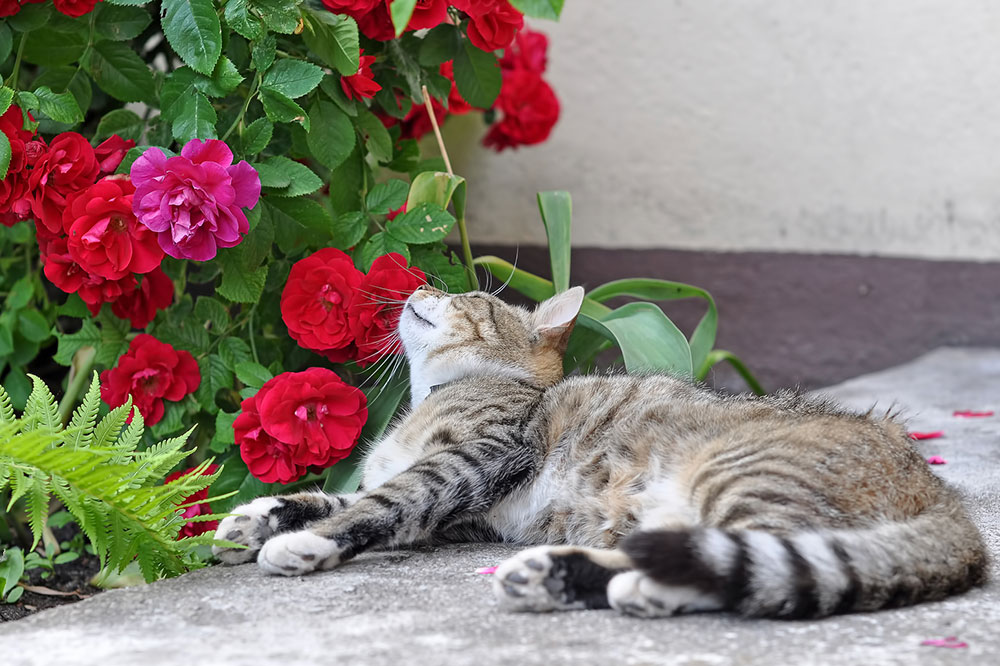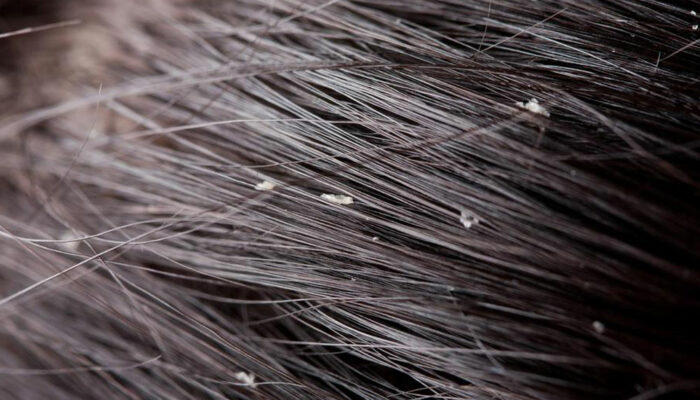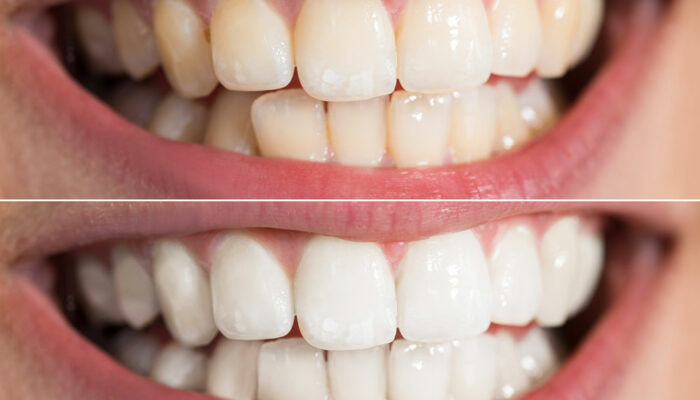
Houseplants That are Toxic for Cats
Besides loving the company of cats, if you enjoy having plants around your house, then you must learn to identify the following houseplants that are toxic for cats. Steer clear of the following ones:
Amaryllis
- Also known as Saint Joseph lily, the Amaryllis is quite dangerous for cats.
- The bulb especially, and also the flowers, stems, and leaves to a certain extent, contain lycorine, a crystalline alkaloid that is poisonous if ingested.
- Gastrointestinal problems like pain in the abdominal region, indigestion, vomiting, diarrhea, a loss of appetite, and excessive drooling are the main symptoms of Amaryllis poisoning in cats.
Asparagus Fern
- Also known as the Emerald fern or Lace fern, this is a mildly toxic houseplant.
- Used as a decorative plant suspended from hanging pots inside the house, or as a ground cover in gardens, the Asparagus Fern can be harmful to cats.
- Any physical contact with the plant, its leaves, or the ingestion of its berries can be poisonous.
- Toxic chemicals called saponins are present in the leaves of the Asparagus Fern. This can cause swelling of the skin and sometimes may even lead to blisters when cats rub against them.
- Other symptoms of poisoning from this houseplant are diarrhea, vomiting, and gastrointestinal issues.
Devil’s Ivy
- Devil’s Ivy or the Pothos is a popular houseplant used for providing some lively green cover both inside and outside the house.
- The calcium oxalate crystals found in its leaves can cause mild poisoning in cats.
- Cats cannot ingest a lot of these leaves, because it can be quite painful for them to chew on.
- Symptoms of Devil’s Ivy poisoning include excessive drooling at the mouth, vomiting, itchiness or constant pawing of the face, difficulty in both swallowing and breathing with a choking feeling, swollen lips, and tongue, dilated pupils, cardiac issues (which are life-threatening), and sudden death in extreme cases where the poisoning is severe.
Oleander
- All parts of the oleander plant, the leaves, stems, its colorful flowers, fruit, and its roots, are toxic for cats.
- Cardiac glycosides compounds found in this plant are harmful to the heart. They compress the heart muscles and make them incapable of functioning properly and results in Arrhythmia.
- Like with most other houseplant poisonings, Oleander poisoning too affects the gastrointestinal system and causes vomiting, diarrhea.
- Apart from these, this toxic houseplant makes cats drool excessively, listless, weak, causes muscle tremors, and dilates their pupils.
Caladium
- Caladium is an easy-to-grow houseplant that perks up any space in your home.
- It is, however, toxic to curious kittens and older cats because of the presence of calcium oxalate crystals in its leaves.
- The plant causes a stinging feeling in the mouth and throat as soon as it is ingested. Apart from irritating the oral cavity and causing pain in the mouth and excessive drooling, it also makes breathing difficult.
- Reduced appetite, vomiting, and constant pawing of the face or mouth are other symptoms of toxicity of these houseplants.
Dieffenbachia
- Also known as Dumb Cane, Dieffenbachia is an ornamental house plant that is poisonous for cats when ingested.
- The toxins oxalic acid and asparagines found in this plant make the stem and leaves to cause a burning sensation in the cat’s lips, mouth, and entire oral cavity when chewed on.
- Loss of appetite, difficulty in swallowing, nausea, vomiting, diarrhea, swelling in the mouth or throat, the appearance of blisters in the tongue, drooling, damage to the cornea in the eye are some other symptoms of poisoning by Dieffenbachia.



